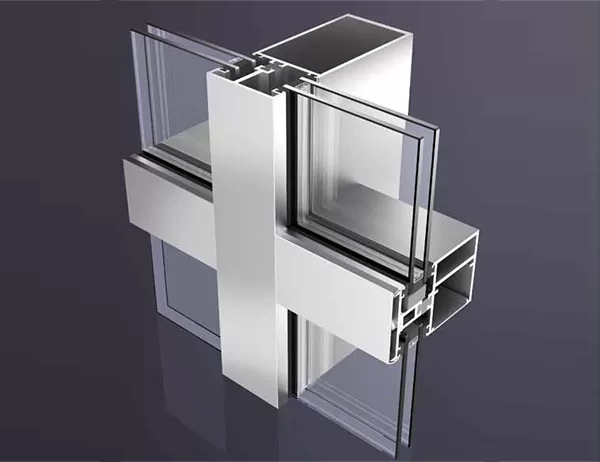Welding 8mm aluminium sheets requires specialized techniques due to the unique properties of aluminium, such as its high thermal conductivity and low melting point. Joining thick aluminium sheets effectively demands precise control and proper selection of welding methods to achieve strong and high-quality welds. This article explores the various welding techniques employed to join 8mm aluminium sheets, highlighting their advantages and limitations.
Tungsten Inert Gas (TIG) Welding
TIG welding, also known as gas tungsten arc welding (GTAW), utilizes a non-consumable tungsten electrode to create an arc that melts the base metal. TIG welding offers excellent weld quality, providing strong, clean, and precise welds with minimal distortion. It is suitable for thin and thick aluminium sheets, including 8mm thickness. TIG welding requires a skilled welder to manipulate the torch and filler material manually, which can be challenging for inexperienced operators.
Metal Inert Gas (MIG) Welding
MIG welding, commonly referred to as gas metal arc welding (GMAW), involves using a consumable wire electrode that continuously feeds into the weld area. MIG welding is faster and more efficient than TIG welding, making it ideal for long welds and high production environments. It is less sensitive to wind compared to TIG welding, allowing for outdoor welding applications. However, MIG welding may produce more spatter and fumes, and the weld quality can be slightly lower than TIG welding.
Friction Stir Welding (FSW)
FSW is a solid-state welding process that utilizes a rapidly rotating tool to generate frictional heat and plastic deformation. The rotating tool plunges into the abutting aluminium sheets, causing the material to soften and intermix without melting. FSW produces high-strength welds with minimal distortion and heat input, making it suitable for joining 8mm aluminium sheets, especially in applications requiring high fatigue resistance. FSW is more automated and requires less skilled labor compared to TIG or MIG welding.
Laser Beam Welding (LBW)
LBW utilizes a high-power laser beam to melt and fuse the aluminium sheets together. LBW offers precise welding with a narrow heat-affected zone, resulting in minimal distortion and reduced residual stresses. It is suitable for high-volume welding applications and can achieve high welding speeds, making it efficient for mass production. However, LBW requires specialized equipment and expertise, and the laser beam sensitivity can be affected by surface contaminants.
Resistance Spot Welding (RSW)
RSW is a localized welding process that utilizes two electrodes to apply pressure and electrical current to specific points on the aluminium sheets. RSW produces discrete spot welds and is widely used in automotive and electronics industries. It is a fast and cost-effective method for joining 8mm aluminium sheets, but the weld strength and quality can be lower compared to fusion welding techniques such as TIG or MIG.




